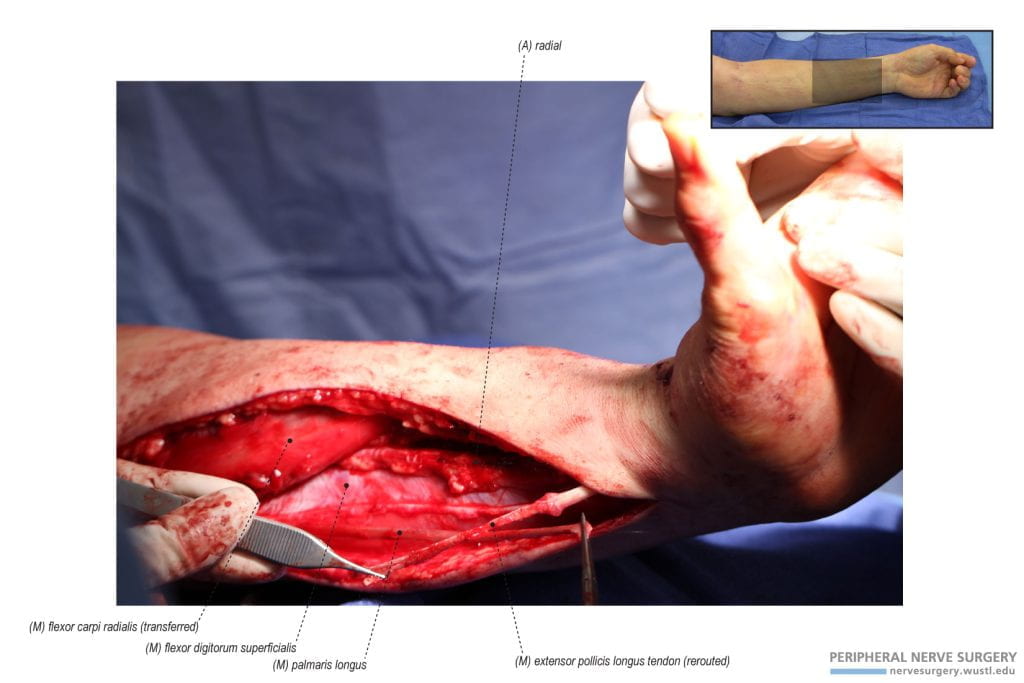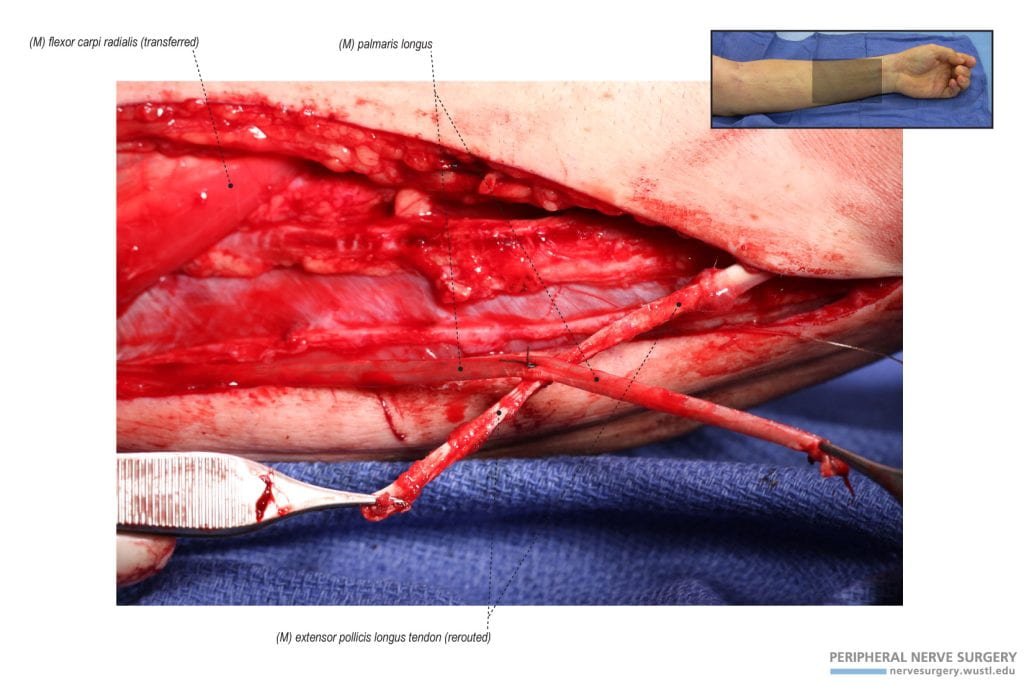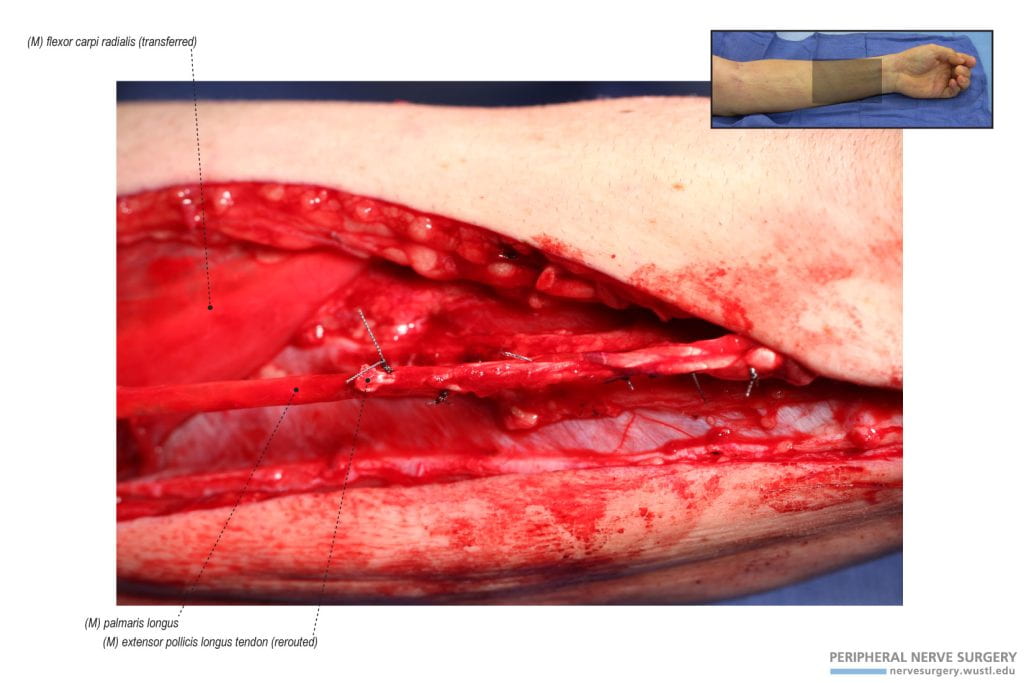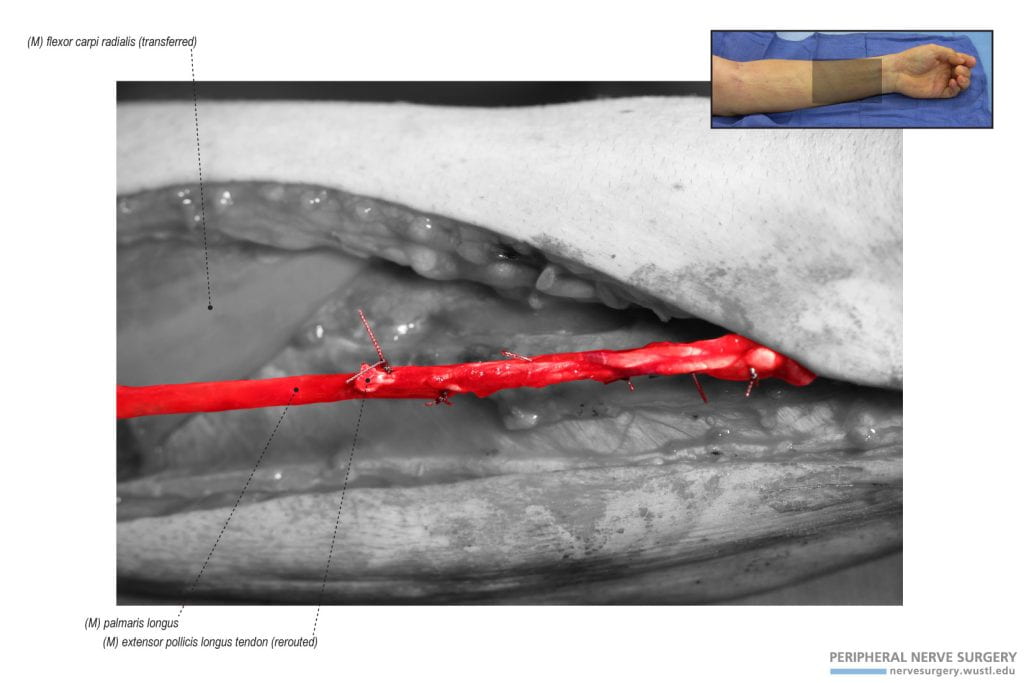Paralysis of the upper and lower extremity produces major functional impairment. Tendon transfers are a viable surgical option for reconstruction following paralysis. By transferring a functional muscle-tendon unit to a paralyzed muscle-tendon unit, the functional unit inherits and restores the function of the paralyzed unit. During the surgical planning for the appropriate management, tendon transfers are always an available option when the time criteria for nerve transfers following injury has passed or if the nerve transfer does not produce adequate functional recovery. Additional, tendon transfers can be used as adjunct procedures and improve the functional outcome following nerve transfers.
Due to the availability of tendon transfers, be aware in difficult cases that involve multi-level nerve injuries, not to “burn bridges” during the surgical planning. Tendon transfers differ from nerve transfers in that the patient can expect immediate improvement of function, unlike nerve transfers which can take several years for the plateau of functional recovery. This can be important to the patient when discussing their needs during the pre-operative assessment.
Upper Extremity
Title: Flexor Digitorum Profundus Tenodesis of Median to Ulnar-innervated Tendons.
Published: 6/27/2011, Updated: 6/27/2011.
Author(s): Andrew Yee BS, Susan E. Mackinnon MD.
Division of Plastic and Reconstructive Surgery, Washington University School of Medicine, St. Louis, MO.
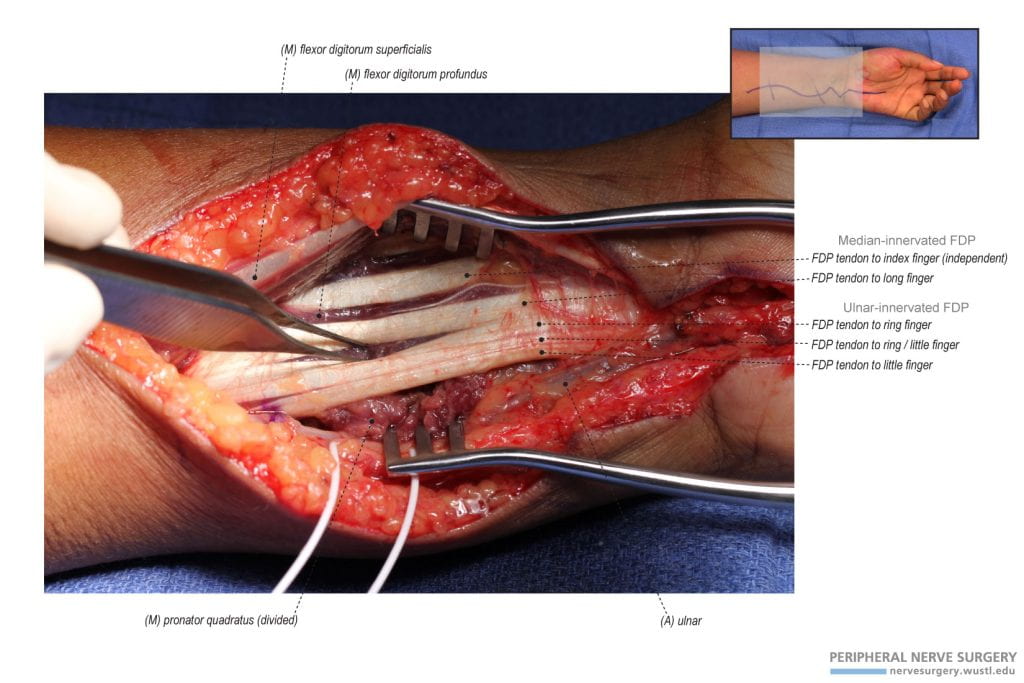
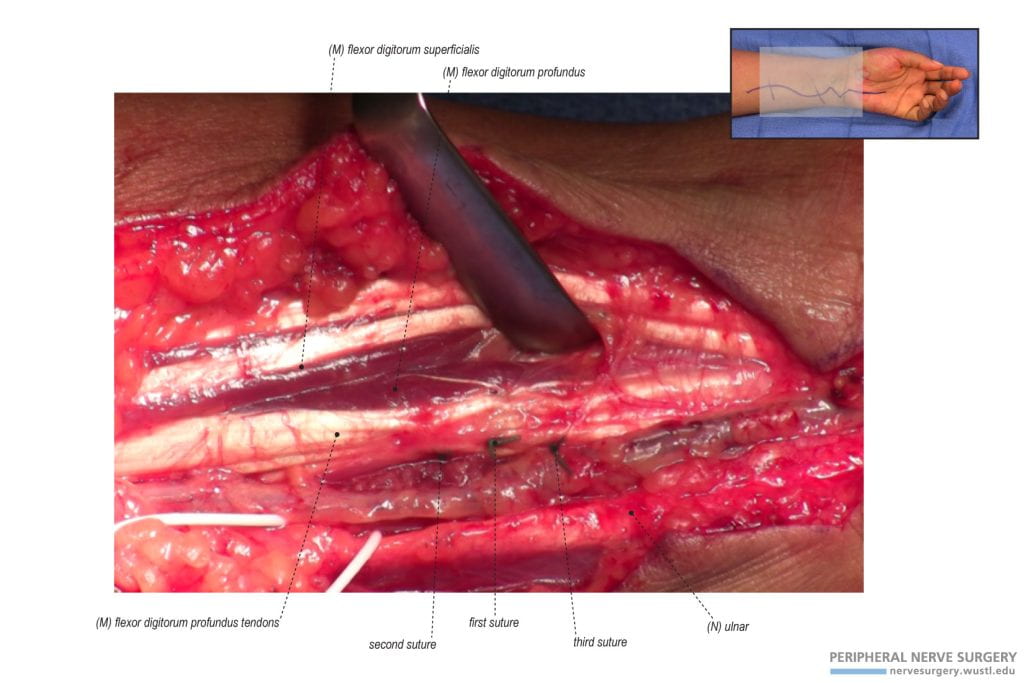
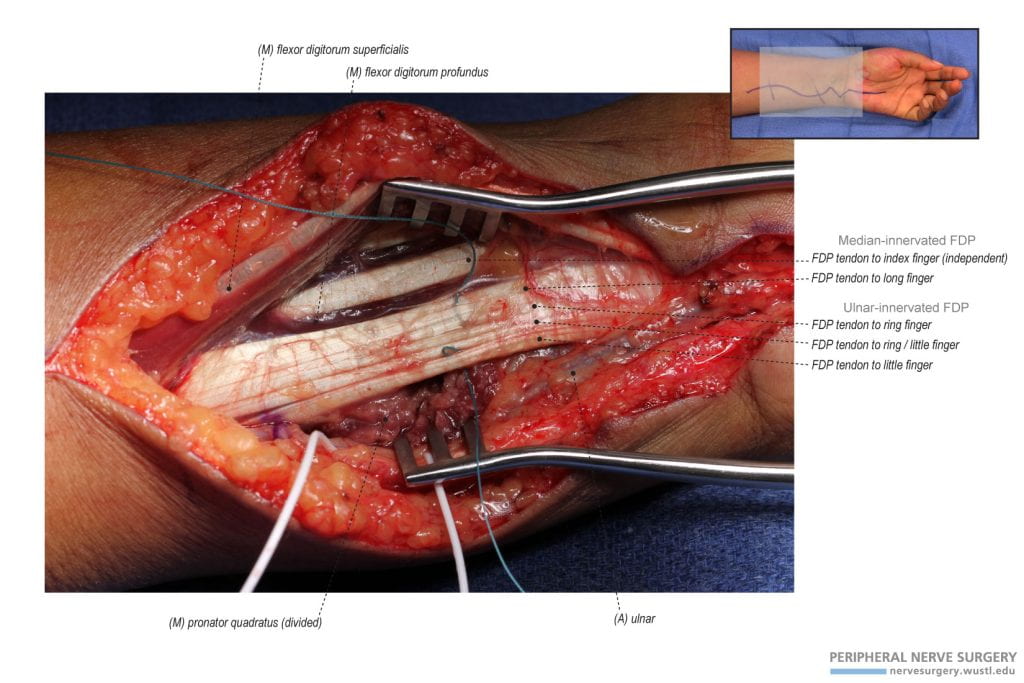
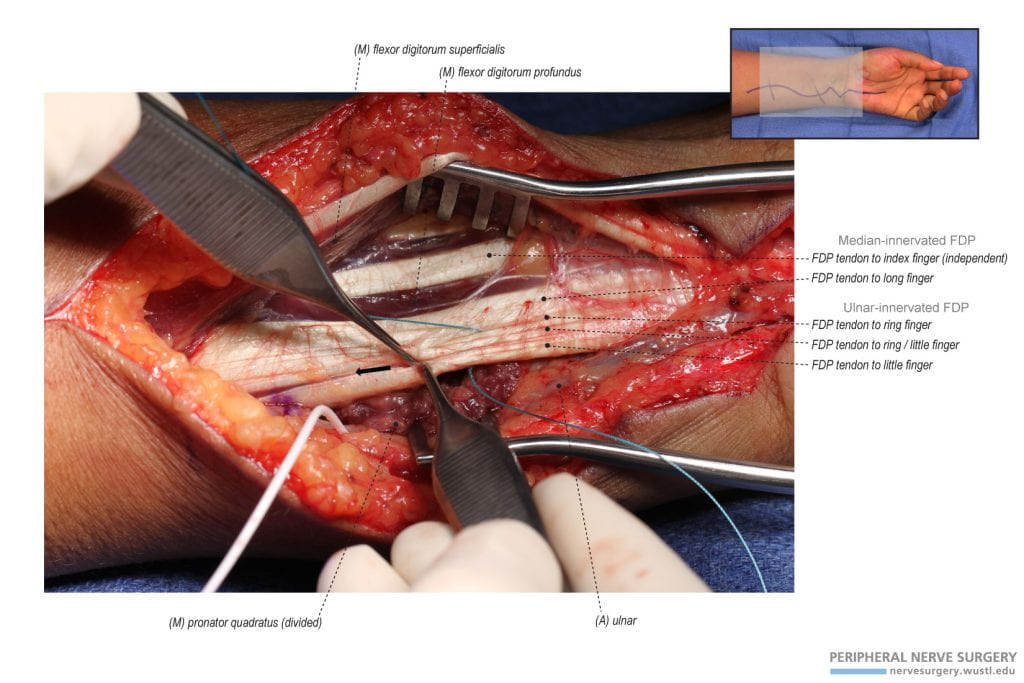
Title: Tendon Transfers for Radial Nerve Palsy – PT to ECRB, FCR to EDC, PL to EPLPublished: 12/13/2011, Updated: 12/13/2011.
Author(s): Lawrence Zieske BA, Andrew Yee BS, Susan E. Mackinnon MD.
Division of Plastic and Reconstructive Surgery, Washington University School of Medicine, St. Louis, MO.
